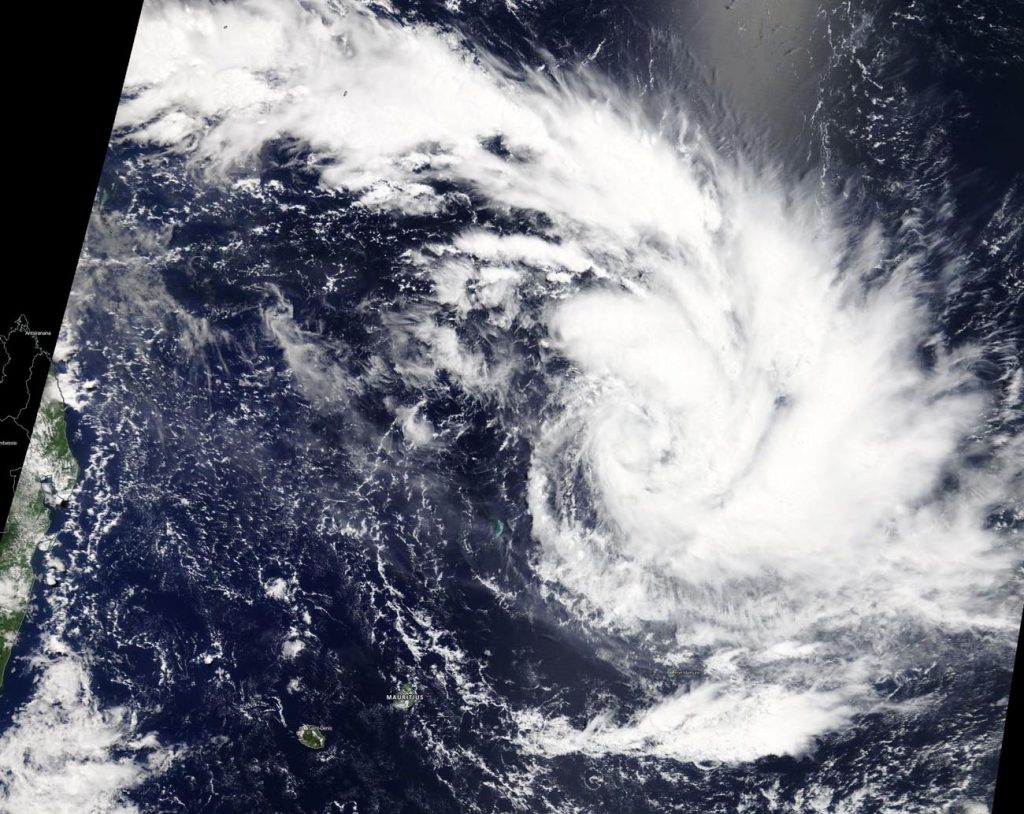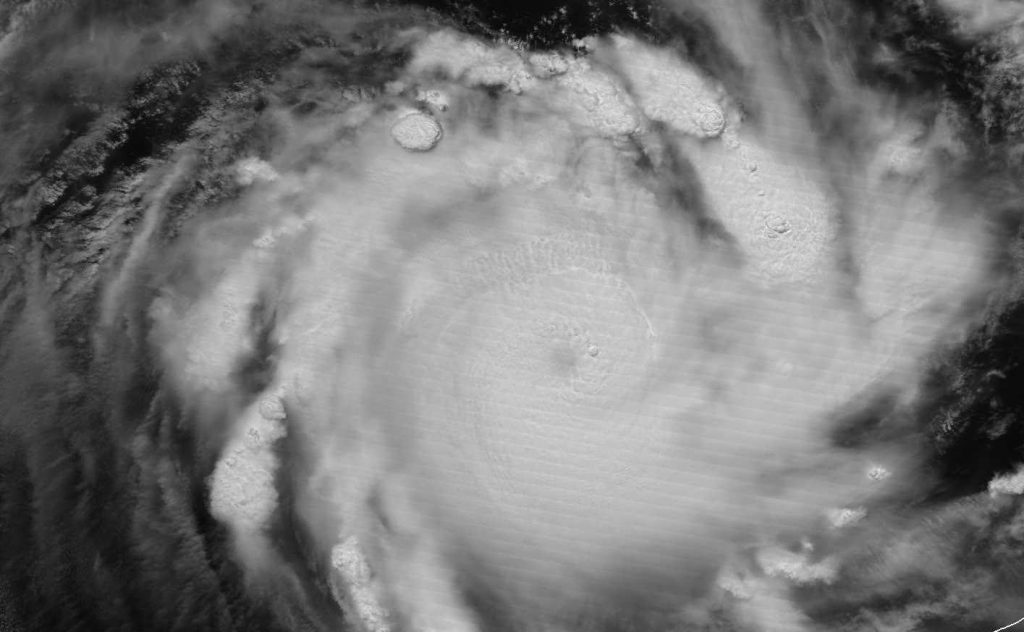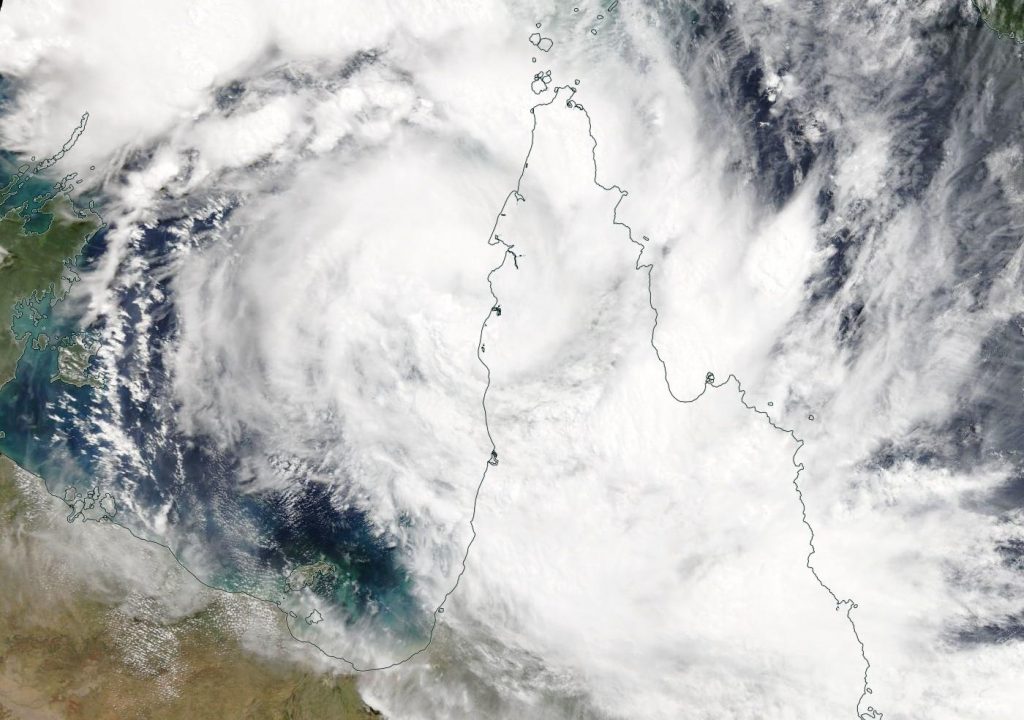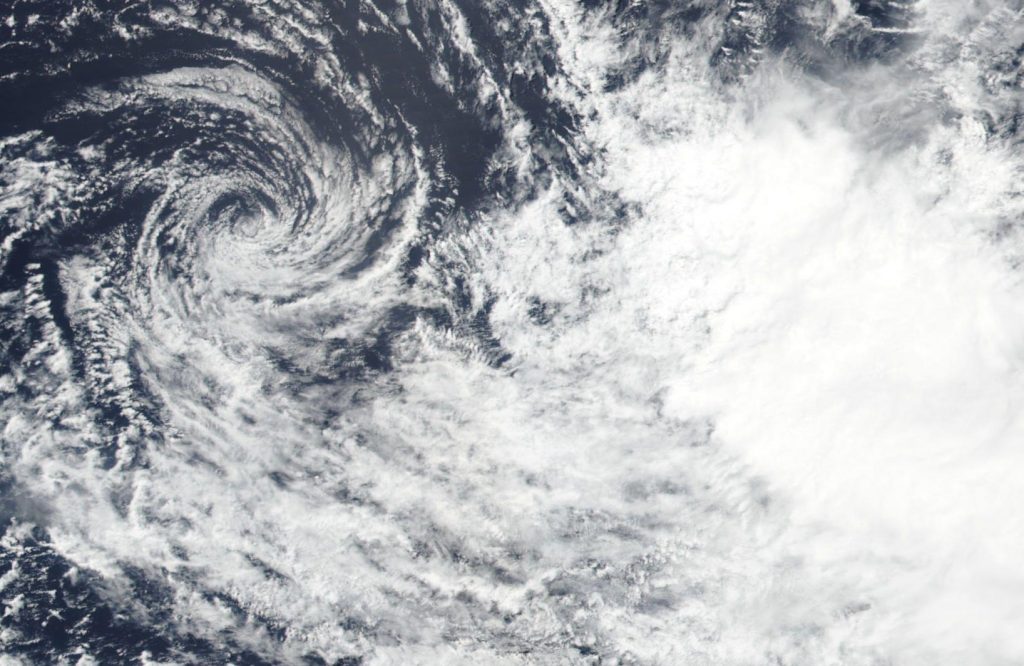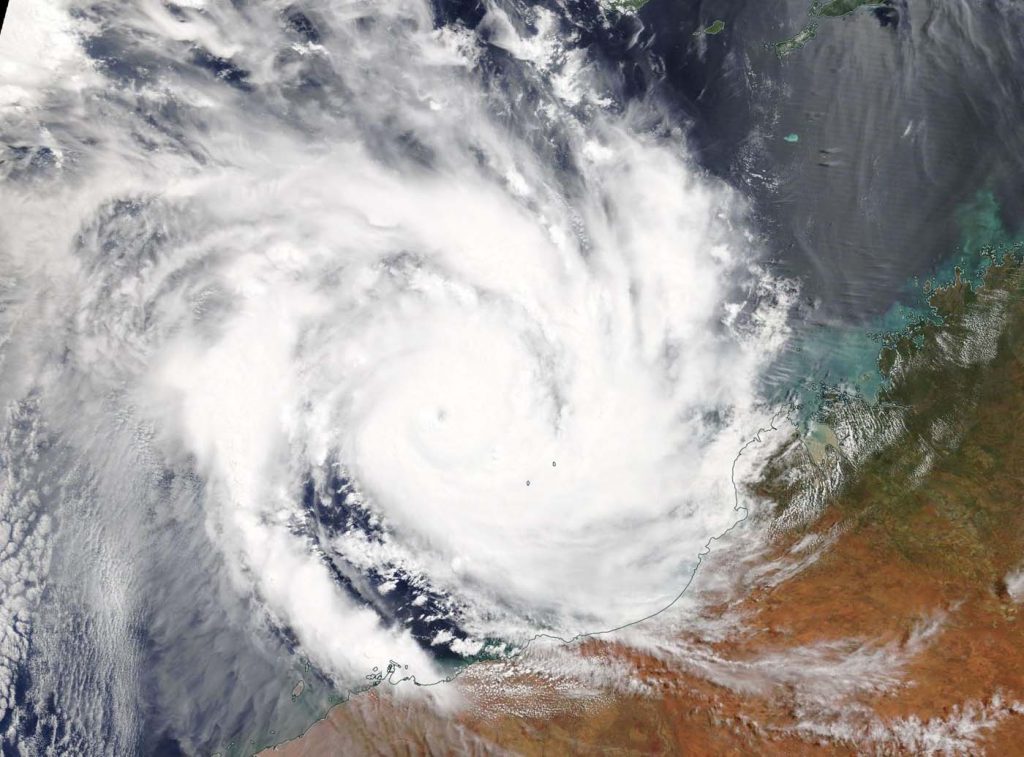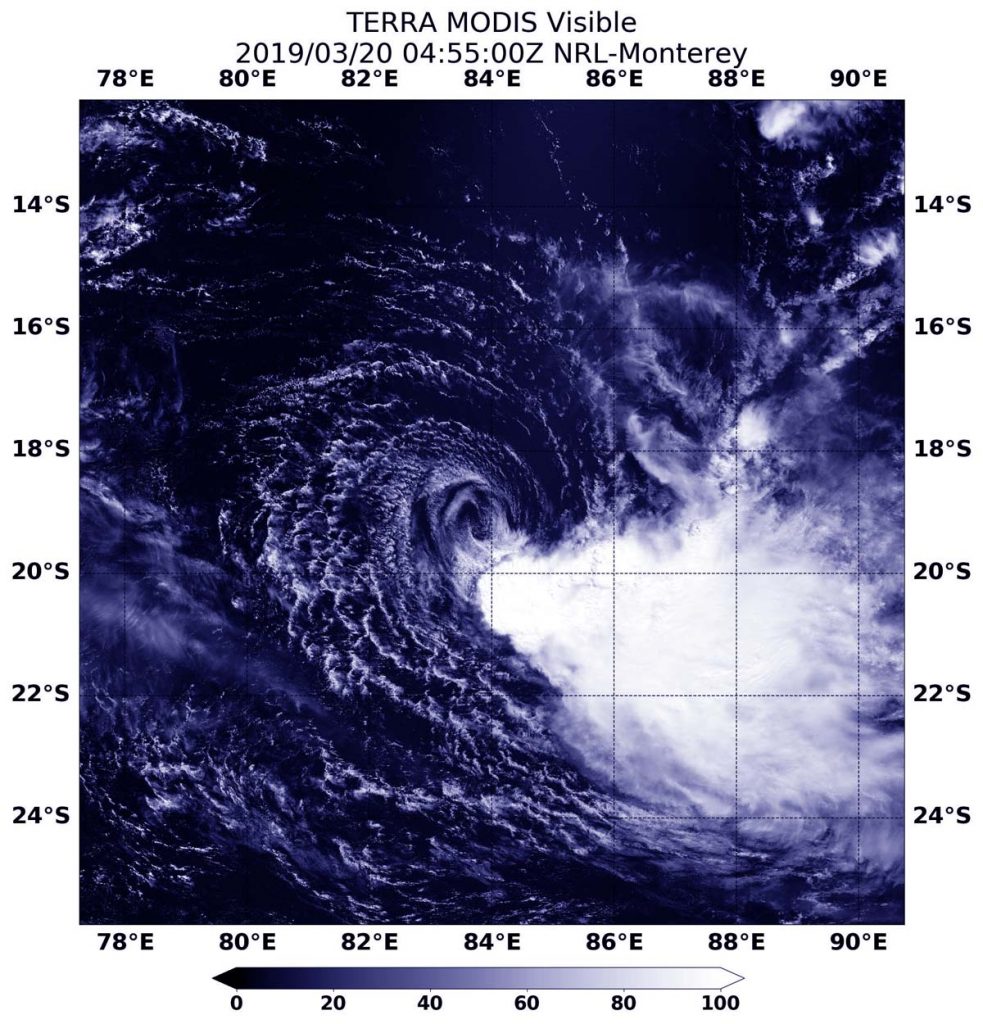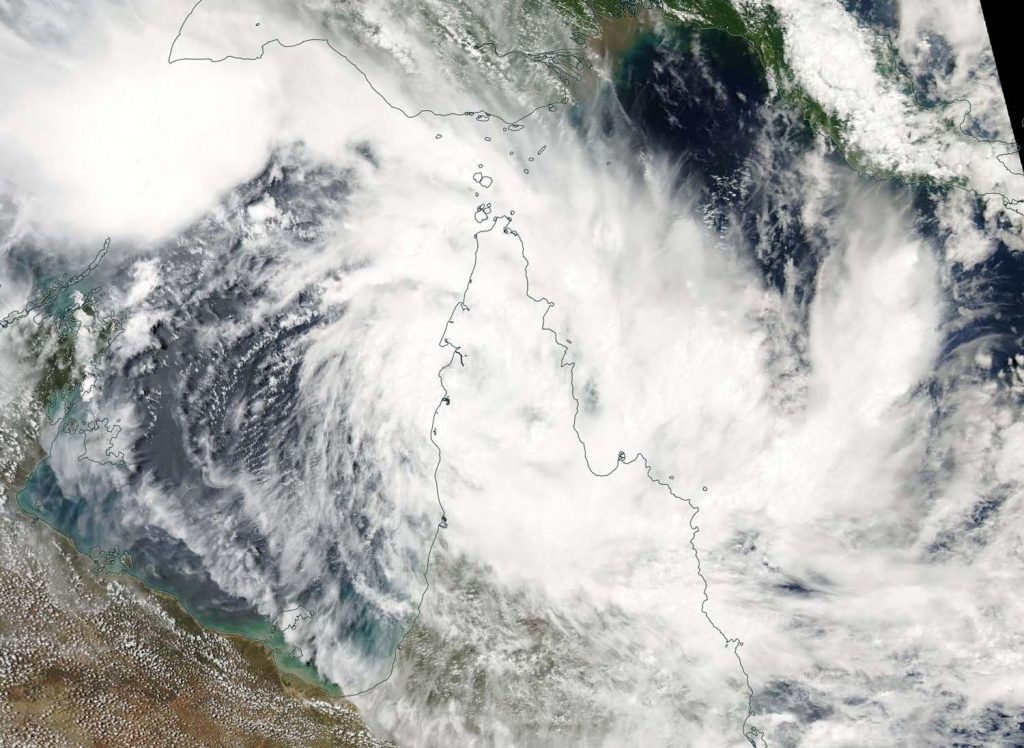March 22, 2019 – NASA’s IMERG Calculates Excessive Mozambique Rainfall from Cyclone Idai
Tropical Cyclone Idai brought heavy rainfall and deadly flooding to Mozambique. Idai made landfall directly on top of the City of Beira in Mozambique. This City is home to more than 500,000 people who have been impacted by flooding and other damage caused by the cyclone.
The Precipitation Processing System (PPS) at NASA’s Goddard Space Flight Center in Greenbelt, Md. processes and creates the realtime IMERG data products. This Global Precipitation Measurement mission or GPM IMERG animation, created at NASA shows accumulated precipitation for the region from March 3 to 19. IMERG showed over 20 inches of rain fell in some areas. The other piece of analysis is that the early precipitation saturated the soil, which made the flooding worse when the cyclone turned around and made landfall.
The Integrated Multi-satellitE Retrievals for GPM (IMERG) creates a merged precipitation product from the GPM constellation of satellites. These satellites include DMSPs from the U.S. Department of Defense, GCOM-W from the Japan Aerospace Exploration Agency (JAXA), Megha-Tropiques from the Centre National D’etudies Spatiales (CNES) and Indian Space Research Organization (ISRO), NOAA series from the National Oceanic and Atmospheric Administration (NOAA), Suomi-NPP from NOAA-NASA, and MetOps from the European Organisation for the Exploitation of Meteorological Satellites (EUMETSAT). All of the instruments (radiometers) onboard the constellation partners are intercalibrated with information from the GPM Core Observatory’s GPM Microwave Imager (GMI) and Dual-frequency Precipitation Radar (DPR).
For NASA’s Disaster resource website, visit: https://disasters.nasa.gov/cyclone-idai-2019
By Jacob Reed
NASA’s Goddard Space Flight Center, Greenbelt, Md.

